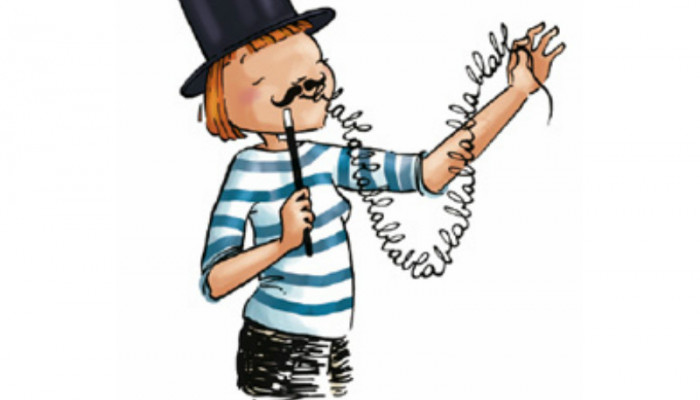start
Belgium's complexity is obviously one of the country's many charms but it obviously raises a barrage of questions from newcomers.
Our country's structure, operating principles and its organisation are not as fragile and arbitrary as they may appear at first sight. The way the Belgian state is organised is the outcome of long and often challenging developments and negotiations that have produced subtly balanced structures and powers, particularly in recent decades. Belgium was created as a unified state in 1831 but has now become a fully-fledged federal state. Belgium's 11 million inhabitants live in four different language regions. The country has nine parliaments each of which enjoys its own powers. The Belgian structures are the result of democratic processes and changes that have developed over a long period of time. The myriad rules and regulations can lead to some confusion in practice. For example, the language laws have given rise to different linguistic provisions in the Flemish Region (the Dutch-speaking area) and the Brussels-Capital Region.

